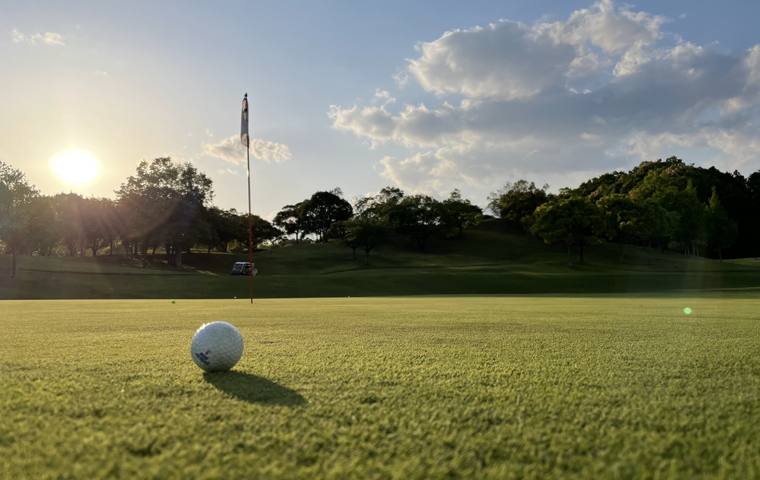Return at 161 km/h — Shohei Ohtani Opens a New Chapter of His “Two-Way” Era
Related Articles
Back on the Mound After 663 Days — The Moment Dodger Stadium Quaked
On June 16, 2025 (June 17, JST), what shook the air over Los Angeles, California wasn’t mere cheering—it was a roar distilled from 663 days of anticipation and prayers for a miracle. When Shohei Ohtani of the Los Angeles Dodgers toed the rubber at Dodger Stadium as a pitcher for the first time, a new page in baseball history turned. It was his first mound appearance in 1 year and 10 months, since right–elbow surgery in September 2023, and when his surprise return against the San Diego Padres was announced, the stadium’s voltage spiked. “I came because I knew he was pitching—I’m beyond excited,” said one fan, capturing the day’s special significance.
With the world’s baseball fans watching breathlessly, Ohtani’s first pitch betrayed none of the hardship of a long rehab. In the opening frame, his four-seamer effortlessly reached 161 km/h (about 100 mph)—the most eloquent proof that his body had fully returned, an astonishing feat for a pitcher after a second major operation. Dodgers manager Dave Roberts admitted the velocity “exceeded anyone’s expectations,” and confessed that seeing Ohtani head straight to get ready to hit after leaving the mound made him “a fan for half an inning,” marveling at the otherworldliness of it all.
But this was more than a display of raw power. Alongside the blistering heat, the rust of live action cast a subtle shadow on his command. He allowed back-to-back hits and a sac fly; one inning, two hits, and one run—“so-so, result-wise,” as he put it afterward—was short of perfect. The beads of sweat on his brow and the deep breaths between pitches told of the immense physical and mental load he bore in that moment. Yet the true meaning of this outing doesn’t show on a scoreboard: the coexistence of a “fully restored body,” as evidenced by elite velocity, and the “game feel” he must now reclaim, as seen in scattered command. In one data-rich inning, the message was clear—this was not an endpoint but the prologue to “Pitcher Ohtani: Chapter Two.”
The 70% Success Wall — A Precise Road Back From a Hybrid Surgery

Ohtani’s path back to the Dodger Stadium mound was anything but smooth. Behind it lay an innovative operation at the cutting edge of modern sports medicine—and a career-level risk. In September 2023, he underwent his second right–elbow ligament procedure, performed by renowned surgeon **Neal ElAttrache**. The likely choice was a state-of-the-art **hybrid technique** distinct from the standard Tommy John (UCL reconstruction).
Rather than fully excising the damaged ligament and replacing it with a tendon graft, this approach preserves the existing ligament while reinforcing and repairing it with a collagen-containing internal brace. The choice reflected not only medical judgment but a high-level strategic calculus: prioritize a rapid return as a hitter without rushing the timeline as a pitcher. By shortening the rehab needed to bat, he was able to contribute as a DH from Opening Day 2024—an optimal way for the Dodgers to begin realizing returns on a $700 million investment and to maximize the value of a one-of-a-kind asset.
The wager, however, was enormous. While first-time Tommy John success rates exceed 90%, data suggest that a second procedure can drop to around 70%—some estimates even near 50%. A third surgery, potentially career-ending, had to be avoided at all costs. Confronting this, the Dodgers brass adopted an ultra-cautious plan, extending the usual return timeline by more than six months to manage risk and protect his long-term pitching life. Ohtani himself said, “They explained the option of not doing it at all, and I made the final decision,” underscoring a cool-headed, self-directed choice to reclaim 100% performance. His comeback will be remembered not just as recovery, but as a landmark case study in strategic career management for elite athletes.
Value in Both Roles — A Complete Analysis of the Comeback Outing
June 16, 2025 distilled Shohei Ohtani’s essence into a single day—a pure showcase of the **two-way** phenomenon. Judged solely as a pitcher, a line of 1 inning and 1 run leaves room for growth. But his value can only be measured by integrating pitching **and** hitting—and on this day he erased his own deficit with his own bat.
On the mound, his 28 pitches displayed the full palette of his potential: a 161 km/h heater, plus biting sliders and sinkers that kept hitters off balance. Even so, a sac fly by Manny Machado ceded the first run. A conventional pitcher would be done there, left to hope for run support. Ohtani is different—he is his own best support.
At the plate, his true colors emerged. Down a run in the third with two outs and a man on third, his second trip to the plate produced a laser to the left-center gap—an RBI double that tied the game and canceled out the run he had allowed. In the fourth, again with two down and runners on first and second, he lined a go-ahead RBI single to right, collecting his second RBI and tilting the game decisively. The Dodgers won 6–3, with two runs driven in by Ohtani alone.
The performance reaffirmed the revolutionary wisdom of the so-called “Ohtani Rule” (a pitcher may remain in the game as the designated hitter after leaving the mound). Afterward Ohtani was humble: “I’m grateful to everyone who supported me through the rehab. The results were so-so, but there were building blocks.” Manager Roberts added, “Pitching didn’t affect his hitting at all,” praising his superhuman equilibrium. The game showed that Ohtani’s contribution isn’t “pitching + hitting” in simple addition; it’s a multiplier, where each half elevates the other.
The Unicorn’s New Dilemma — Debating the “Cost” of the Two-Way Path

While Ohtani’s return to pitching sparked joy and awe, it also ignited a serious debate among analysts: **What is the cost of remaining two-way?** No one disputes he’s a unicorn reshaping the sport’s logic, but a sober analysis of how that singularity affects his career is underway.
MLB Network host Brian Kenny sharpened the discussion with a data-driven claim: since his June 16 return to pitching, Ohtani’s batting line has shifted—slugging percentage down .100, batting average hovering at .239, and early-season stolen bases virtually disappearing. The implication: the physical and mental toll of pitching may be sapping MVP-level offense, raising the question, “Is the tradeoff worth it—especially with added injury risk?”
Others, like famed broadcaster Bob Costas, defend the two-way value from a different angle: “He is who he is precisely because he is uniquely two-way.” In this view, Ohtani’s worth can’t be captured by numbers alone. His very act of excelling on both sides captivates fans and etches a new narrative in baseball history—value beyond metrics. And as long as Ohtani himself wants to do both, that identity underpins both his legacy and the massive investment in him.
These opposing perspectives frame the Dodgers’ ultimate management challenge: honor Ohtani’s passion for two-way play while safeguarding his health and minimizing any drag on his central role as a hitter. For now, deploying him as a one-inning “opener” and gradually increasing the load is likely step one. Ohtani’s 2025 is more than a stat chase; it’s a grand real-world experiment testing whether versatility can thrive in an age of specialization—and what truly defines an athlete’s value. The outcome may influence not only baseball but the future philosophy of athlete development itself.



